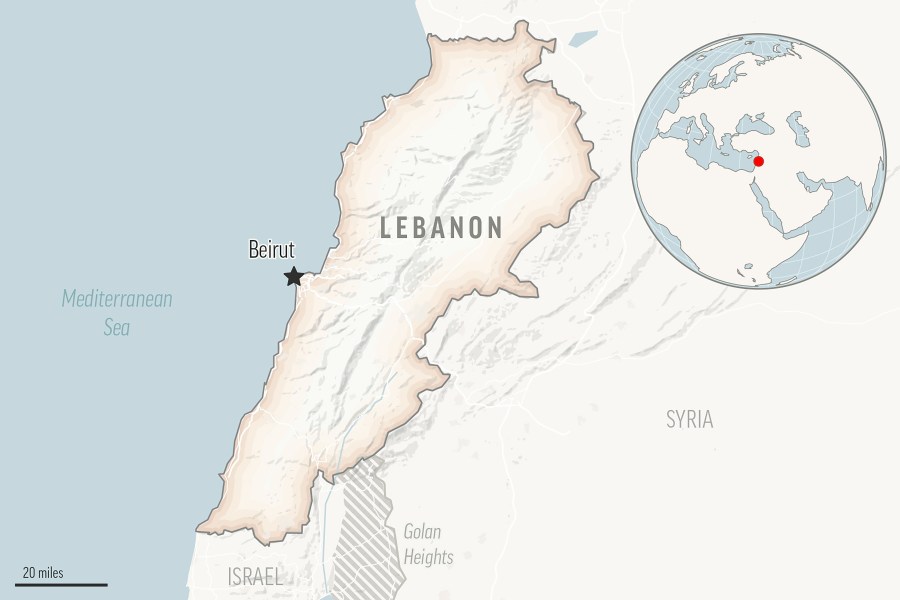The ongoing conflict in the region has escalated recently, with an Israeli airstrike targeting a refugee camp in northern Lebanon, resulting in the death of Hamas official Saeed Atallah Ali and his family. This strike is indicative of the broader tensions between Israel and militant groups, particularly following Israel’s intensified military actions in Lebanon. The situation has become increasingly fraught, particularly after another Israeli airstrike a day earlier, which aimed at disrupting key military supply routes by damaging a main highway that links Lebanon with Syria.
Israel’s military operations in Lebanon have been in direct response to the activities of Hezbollah, a militant group that has been involved in frequent exchanges of fire with Israeli forces along the border. These hostilities began escalating following Hamas’s surprising and deadly assault on October 7, 2023, where over 1,200 Israelis were killed, and around 250 individuals were taken hostage. In retaliation, Israel declared war on Hamas, engaging in military actions concentrated in the Gaza Strip, which has seen devastating consequences for Palestinian civilians, highlighting the human cost of the ongoing conflict.
The scale of destruction in Gaza has been appalling, with over 41,000 Palestinians reported dead, according to health officials. Of this number, a significant portion—around half—are reported to be women and children, raising dire concerns among international human rights organizations about the humanitarian implications of the war. The relentless bombardments and military operations from both sides have resulted in widespread displacement, injury, and loss of life, marking one of the most catastrophic periods in the region’s recent history.
In parallel, Lebanon has faced its own wave of casualties, with nearly 2,000 people reportedly killed since the start of hostilities, particularly intensifying since late September. The ongoing violence has destabilized the already fragile political and social fabric of Lebanon, a country still dealing with the repercussions of previous conflicts and economic challenges. The recent increase in violence and the targeted strikes suggest that both Israel and Hezbollah are preparing for a protracted confrontation that could have far-reaching effects on the regional balance of power.
In the wake of these developments, the international community has urged for restraint and the commencement of peace talks to end the escalating violence. However, diplomatic efforts have been hampered by ongoing hostilities, making it difficult to navigate a path towards resolution. The backdrop of historical grievances, territorial disputes, and deep-rooted animosities complicates any potential agreements or ceasefires, contributing to a grim outlook for peace in the region.
As the conflict continues to unfold, the humanitarian situation remains critical, with many civilians caught in the crossfire and facing dire conditions. Relief efforts are severely hindered by ongoing military operations, and international organizations are calling for immediate action to address the humanitarian crisis. The losses experienced by both Palestinians in Gaza and Lebanese citizens underscore the urgent need for a comprehensive solution that addresses the underlying issues fueling this conflict, protecting innocent lives, and fostering a sustainable peace for the future.

